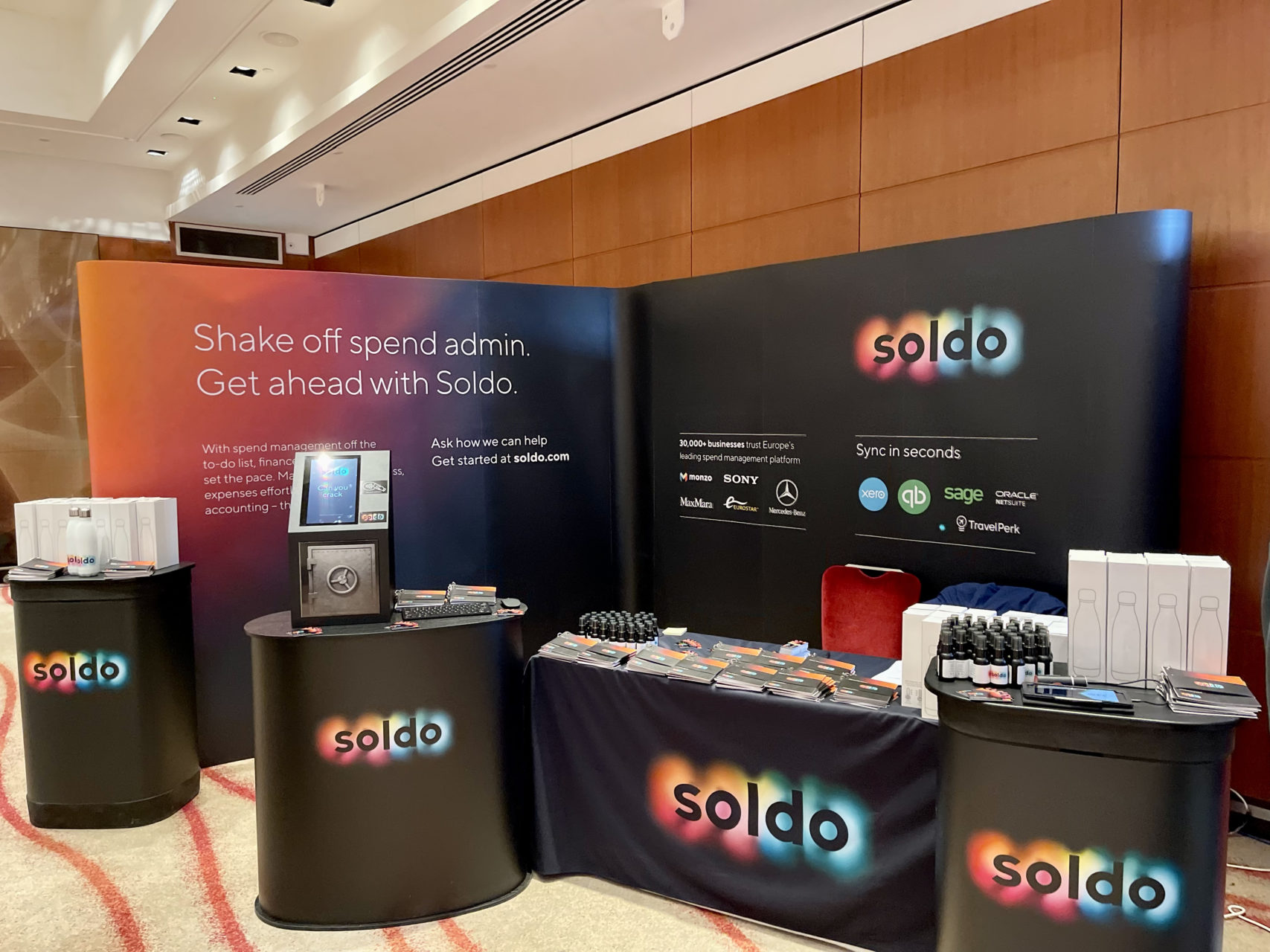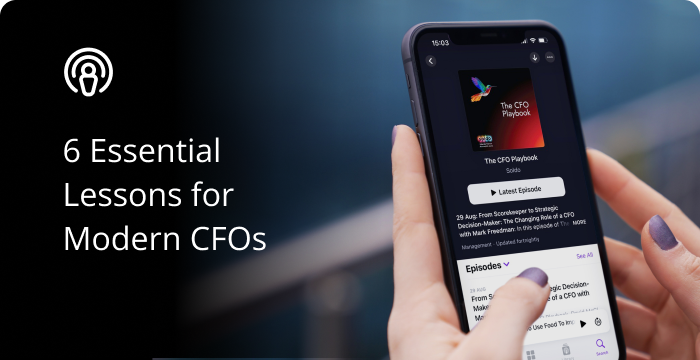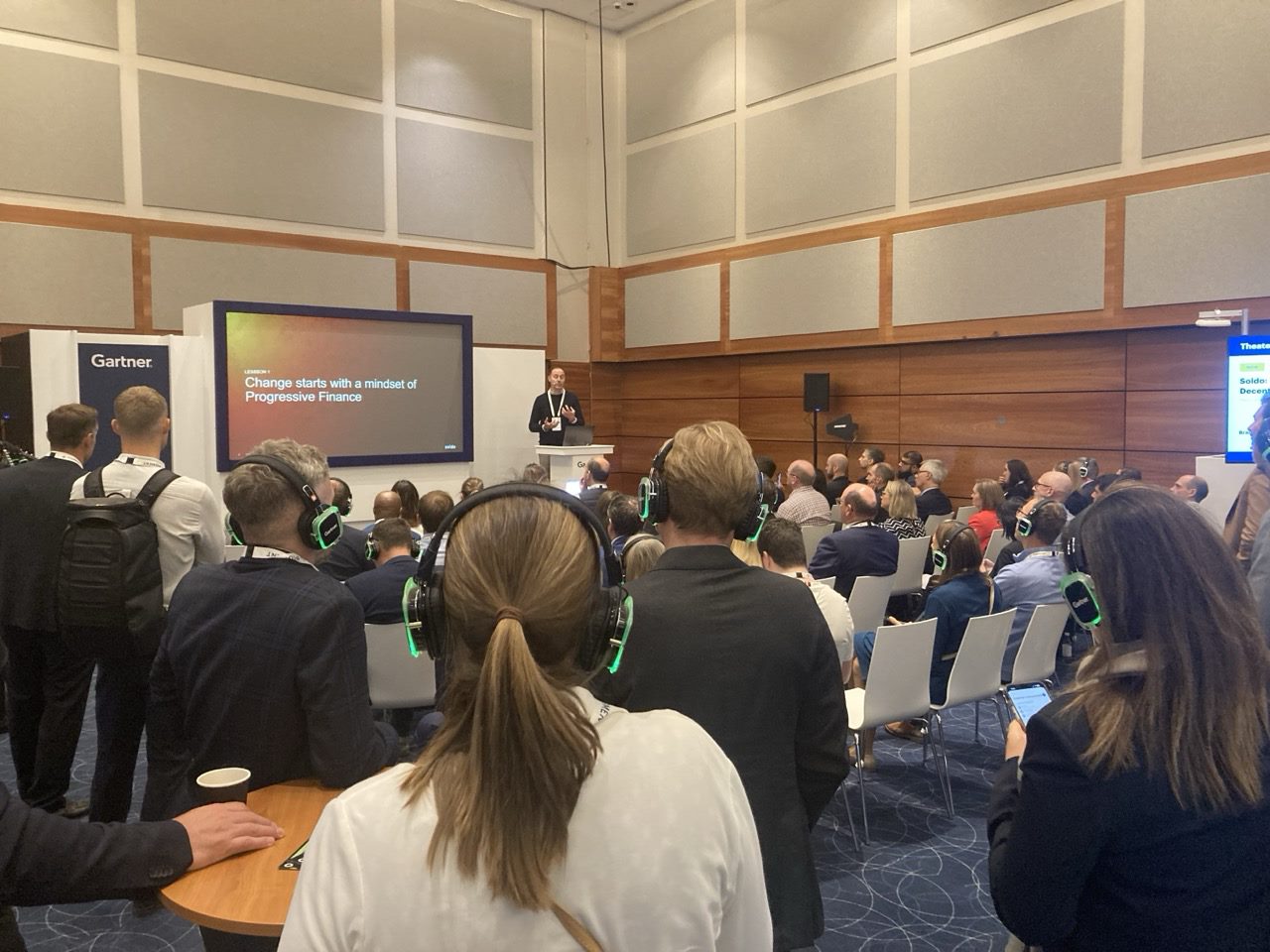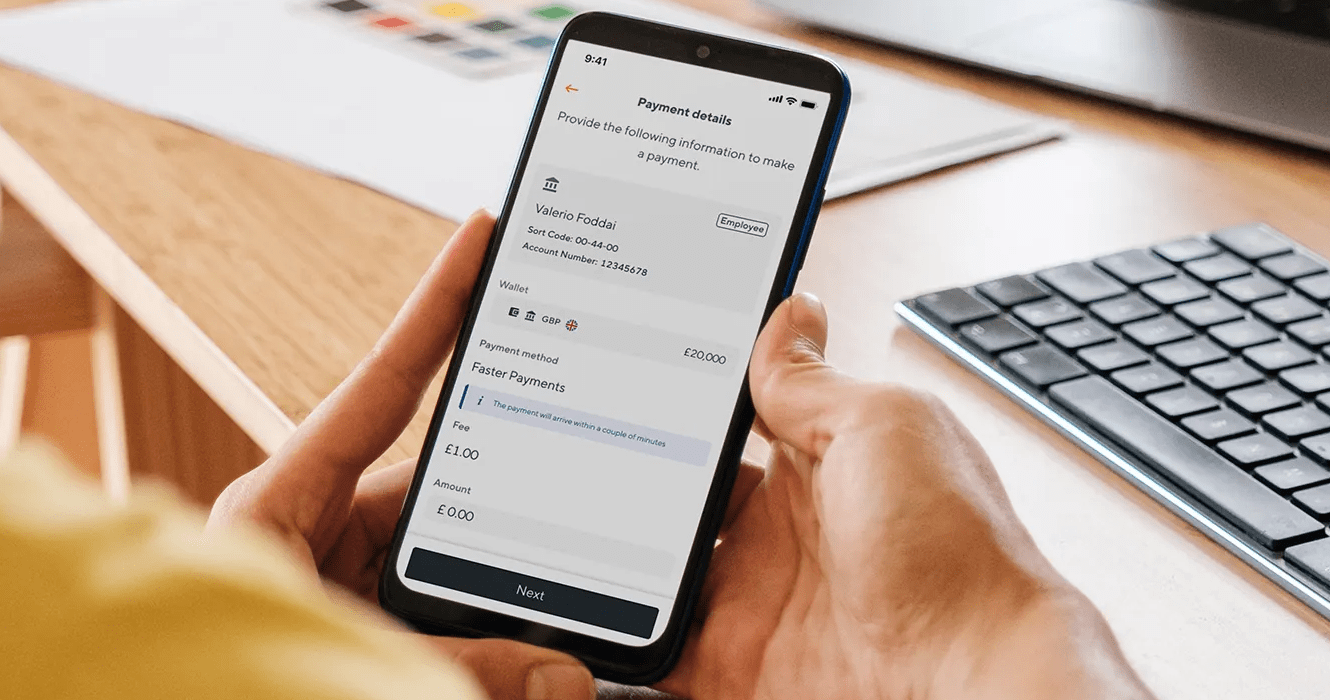Insights from World Finance Forum London 2022
Face to face events are finally back, and it’s great to see the engagement they drive.
Standing in the exhibition hall at the World Finance Forum London, it showed how far Finance has come in the last 15 or so years.
Every sponsor there was digital, software to help automate one process or another. Not a spreadsheet in sight! This was true of the topics too; digital transformation and automation took centre stage. The key message, the Finance team is shifting, and you cannot afford to miss out.
The benefits are wide ranging, from business insights to personal development and skill sets.
With the situation we currently find ourselves in, the Great Resignation, it is more important than ever that the work your team is doing is engaging and dynamic. In our presentation, Gareth Crouch did a show of hands on where people thought their Finance team was in terms of its automation evolution.
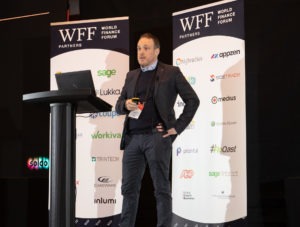
The three categories included:
- number crunchers, legacy systems, process heavy
- agile, dynamic, data driven
- operationally efficient, accurate and engaged
The room was divided, a quarter saw themselves stuck in the old ways – number crunchers using legacy systems, a handful were flying high with operational efficiencies, whilst the majority sat firmly in the middle. The area where some technology has been implemented but the team isn’t fully benefiting from less labour intensive transactional work and automation.
Why is this important?
Technology helps remove the more menial tasks, the repetitive, unrewarding manual activities. By stripping those out, you’ll find your teams are more fulfilled in their roles as they can see the work they focus on day to day having a bigger company impact.
Outside of employee engagement/ the Great Resignation, the company benefits can be great. Financial data is now treated as an enterprise asset, with 49% of CFOs saying that data management and analytics was a top priority over the next 3 years (Nick Jewell, Incorta).
It can take time to answer strategic business questions but with automated systems you move to a place where you can answer them at the time of need. You shift your focus from only having time to look at the past to really being able predict the next big thing. Being able to spend your time and resources more wisely.
Automation doesn’t happen overnight but with SaaS options, and there are many (!), it’s quick and easy to implement bitesize elements that integrate with the other systems you already use. You need to start at the end, what do you want to achieve, and then work backwards. Getting buy in from your team and the company as a whole as you go, as people’s mindsets are harder to change than technology. Taking this pragmatic approach will enable you to quickly implement and move forward with new processes.
